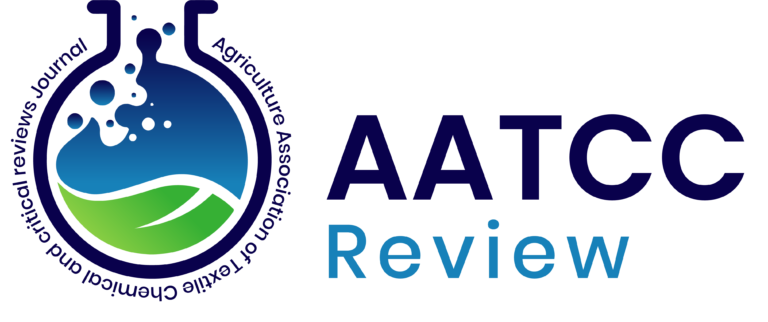Nutrient Index Value as a Tool for Evaluating Soil Fertility in Diverse Agroecosystems of Indo-Gangetic plains of India
DOI: https://doi.org/10.21276/AATCCReview.2025.13.02.415
Abstract
This study evaluates the soil fertility status of diverse agro-ecosystems in Samastipur District,
Bihar, using the Nutrient Index Value (NIV) approach. Soil samples from five land use patterns –
mango orchard, forest land, sugarcane field, dhab land, and uncultivated land – were analyzed for key
physical, chemical, and biological properties. The highest NIV for organic carbon (2.08) was
observed in mango orchard and forest land, while uncultivated land had the lowest (1.00). Nitrogen
availability followed a similar trend, with mango orchards showing a medium NIV (2.00) and other
systems classified as low. Phosphorus and potassium levels varied, with sugarcane fields exhibiting
the highest phosphorus NIV (2.08) and forest land showing the highest potassium NIV (2.00).
Biological parameters, such as microbial biomass carbon, were significantly higher in mango orchards
(124.47 mg kg⁻¹) compared to uncultivated land (64.67 mg kg⁻¹). These findings emphasize the importance of tailored soil management practices to enhance land-use sustainability. This paper
highlights NIV’s role as a pragmatic tool for soil fertility assessment, aiding in informed agricultural
decision-making.
PDF: View / Download
